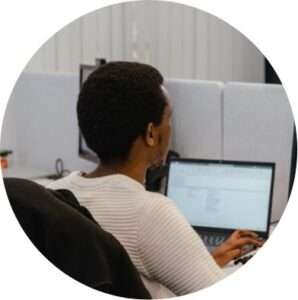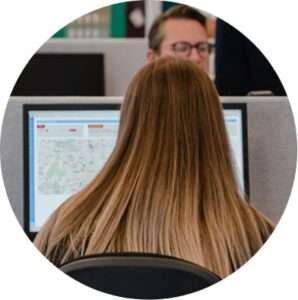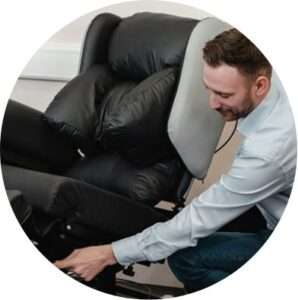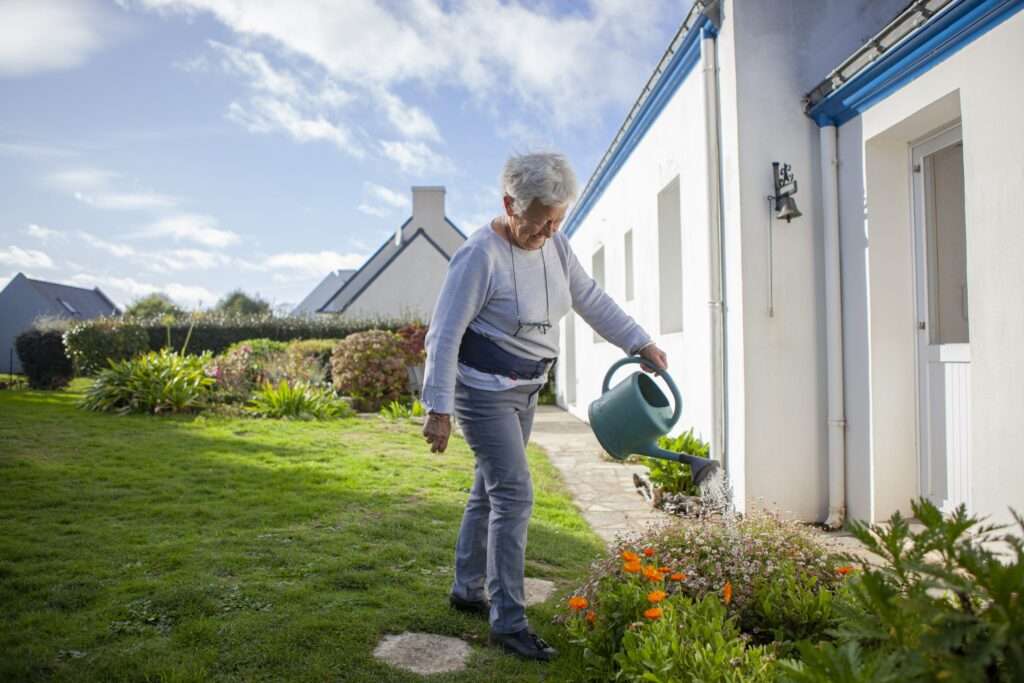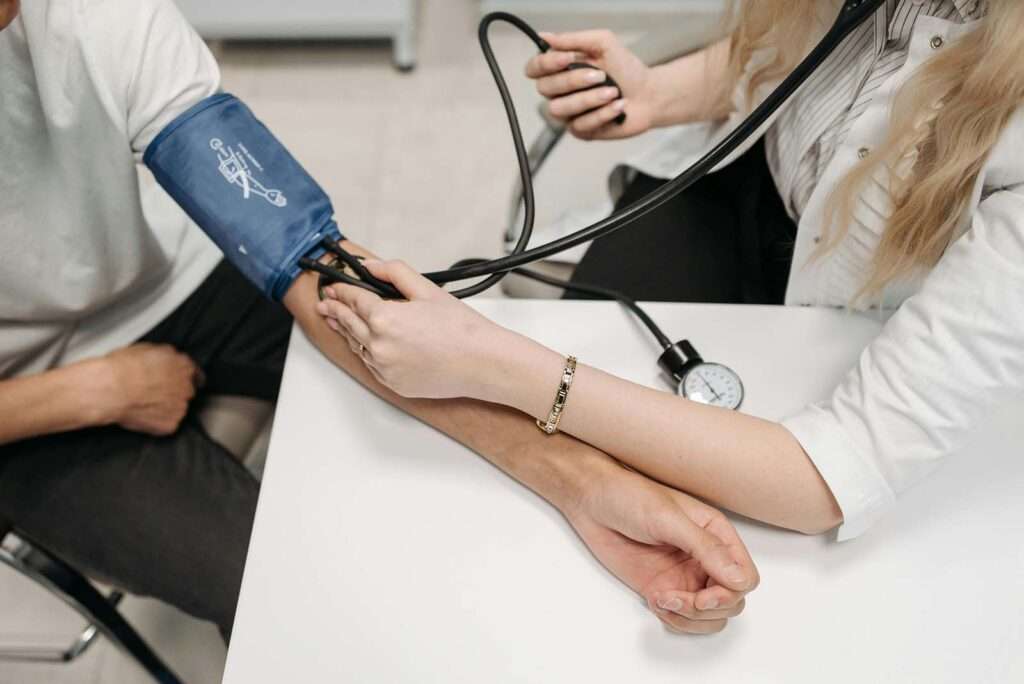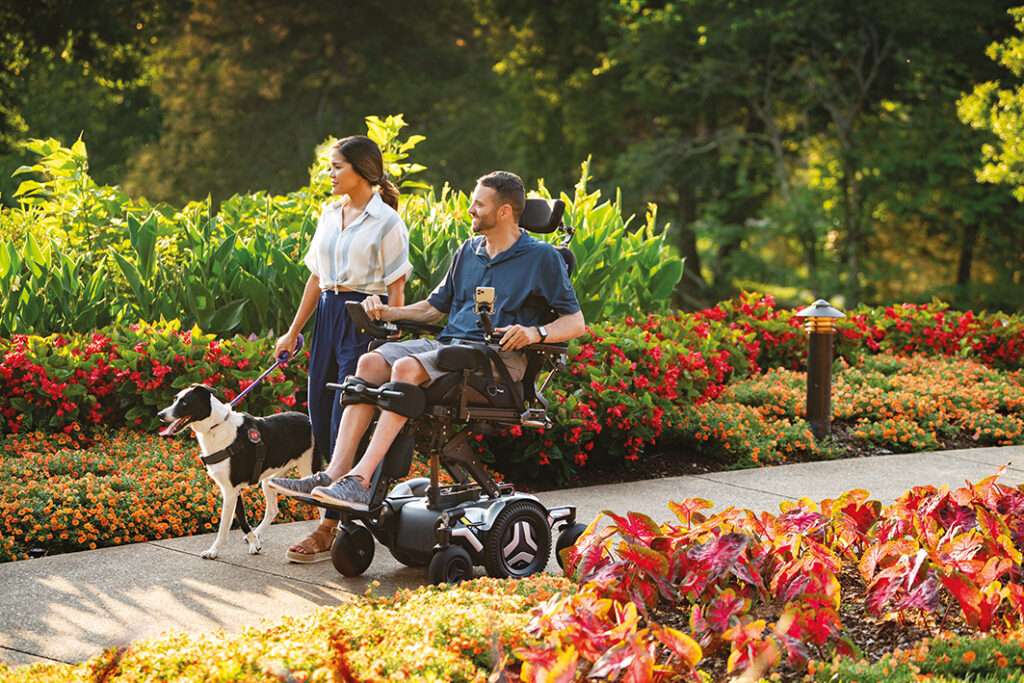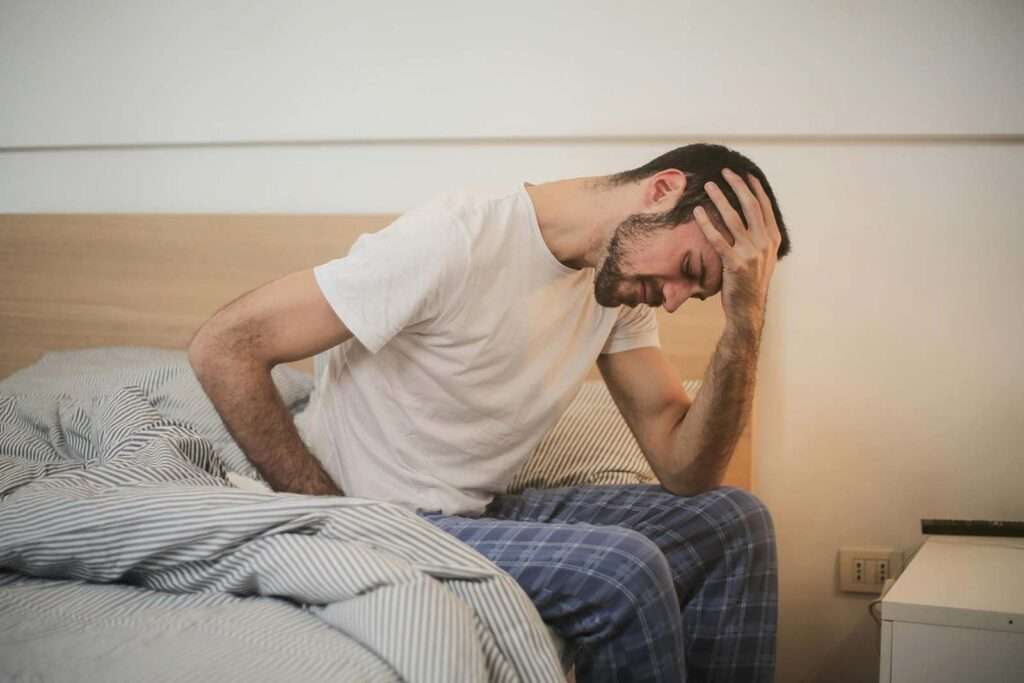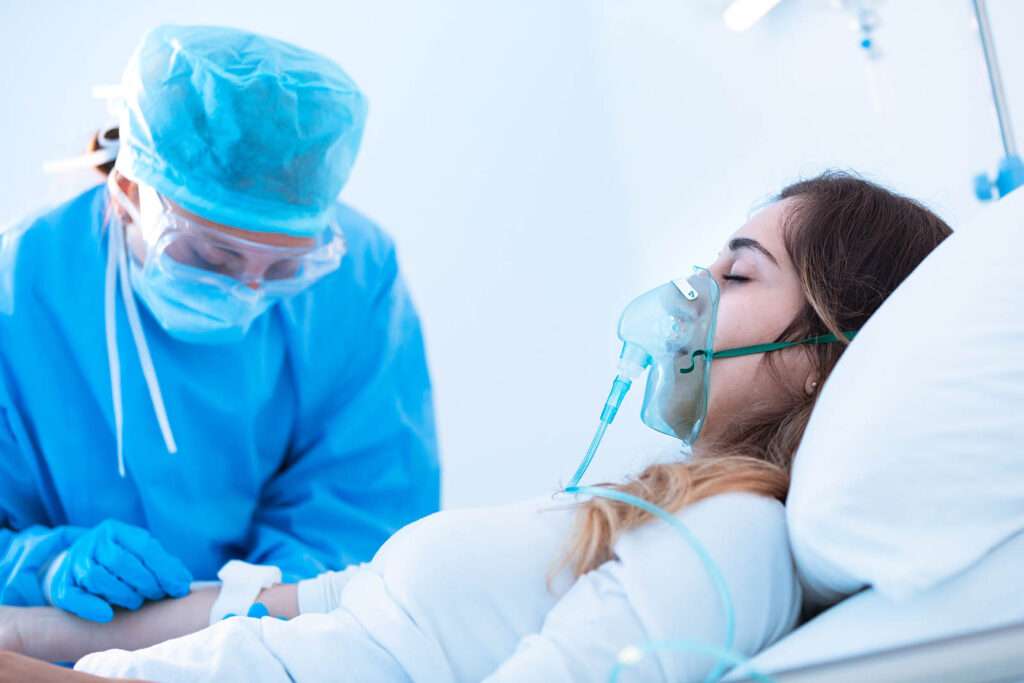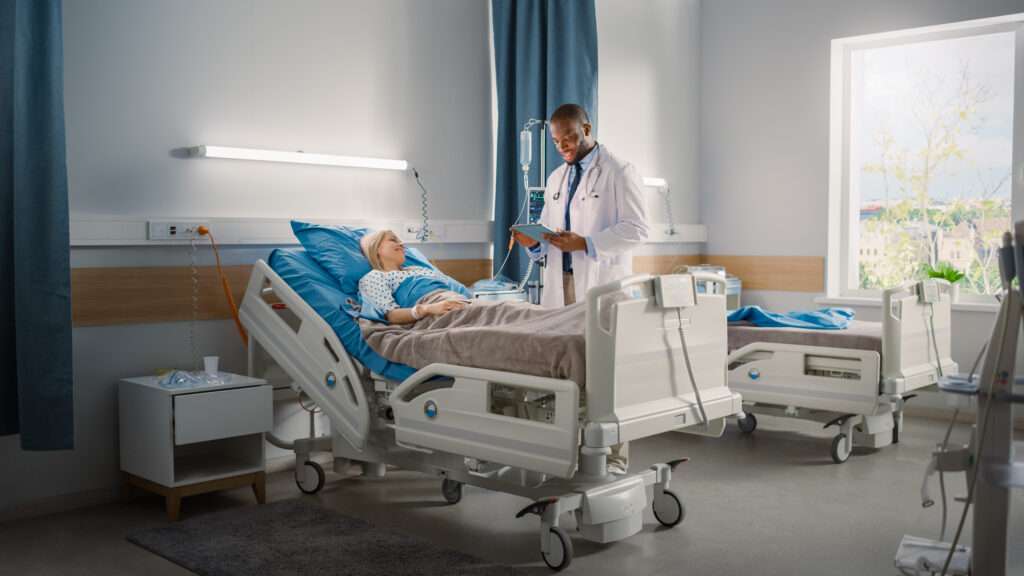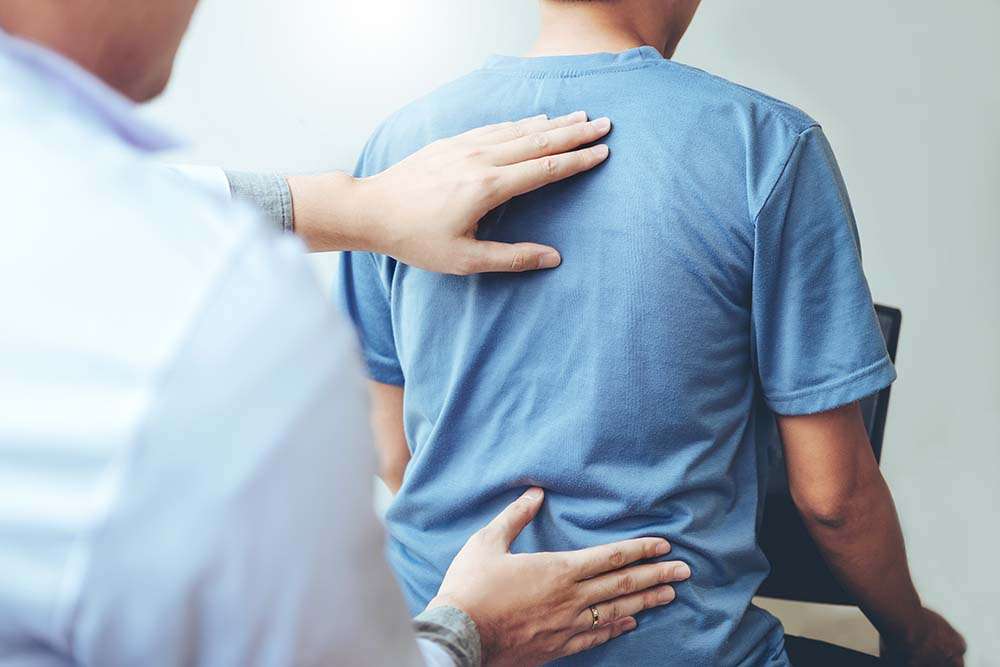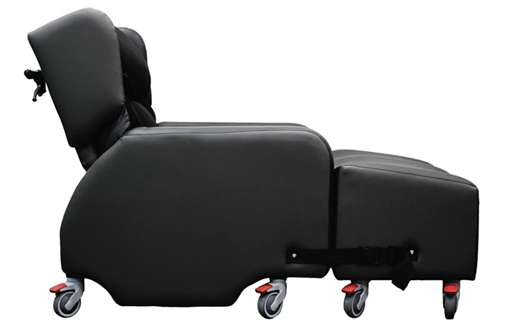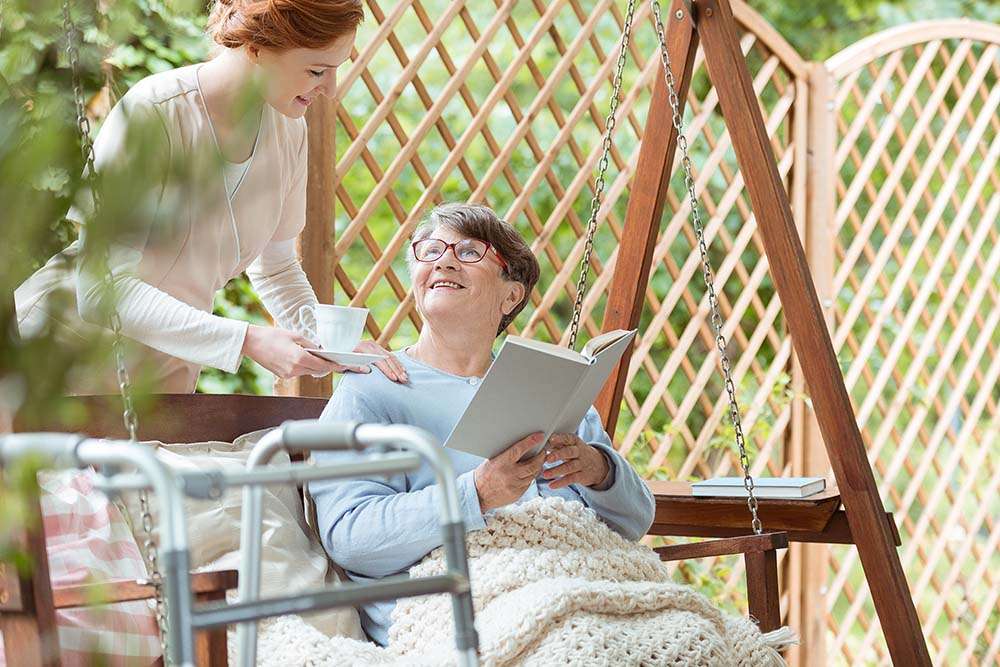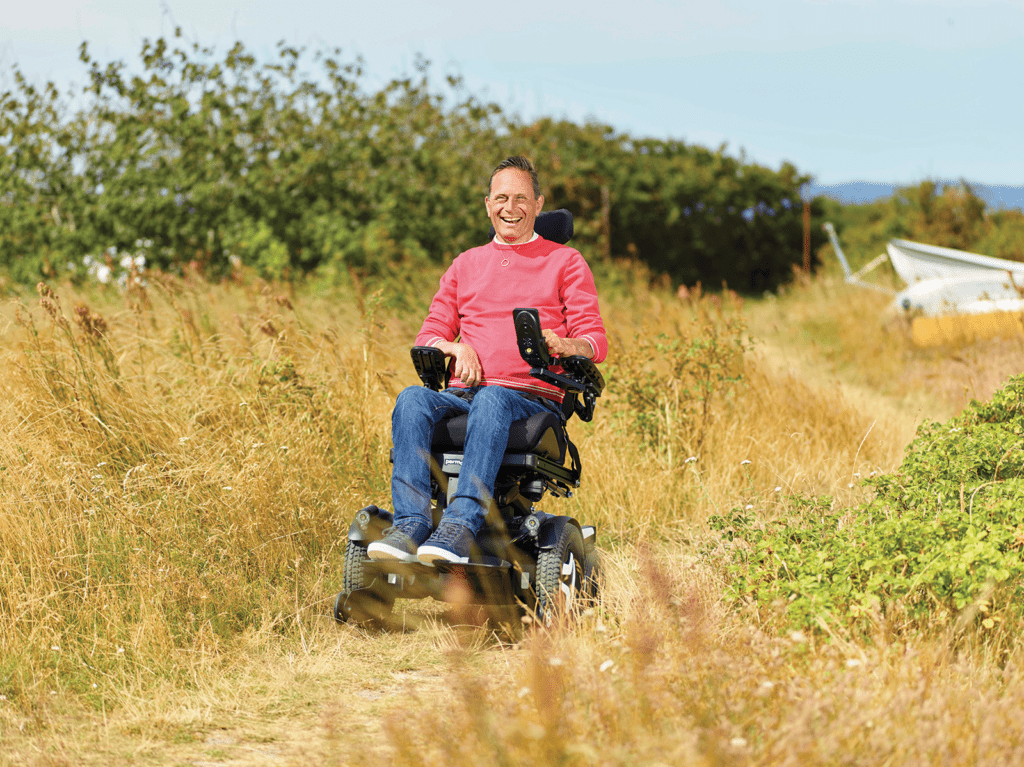One of the most common issues facing the older person is that of falls and in some cases the subsequent hip fractures. For those unfortunate enough to find themselves in this situation it is painful, distressing and can impact on their mental health. A loss of self-confidence can make day to day tasks a challenge. In the more serious incidents where fractures are the result a loss of mobility and independence is the immediate impact with around 20% of those falling entering long-term care within the first year after their fall and up to 25% dying in year 1. In-short the medium to long-term outlook for those suffering falls is not good.
Jump straight to…
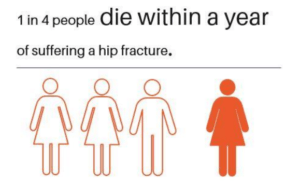
What is the cost of falls and hip fractures?
The incidents themselves are serious and this is compounded by the financial cost to care organisations and the NHS. It is estimated that over 40% of the total financial cost of falls among the elderly in the UK is attributed to hip fractures totalling £2 billion. It is an ongoing issue with around 30% of those over 65 suffering a fall per year and almost 50% of those over the age of 80 experiencing the same.
The National Falls Prevention Coordination Group’s Falls and fracture statement recommends a co-ordinated system approach incorporating risk factor reduction and assessments, strength and balance exercise and healthy homes. Every effort is made in hospitals and high-risk care environments to mitigate falls and hip fractures, but incidents occur be it in the home or professional care environments. So, what can be done to reduce the severity of a fall and the physical and psychological effects.
Getting a faller back on their feet safely and calmly
When someone falls and it is confirmed that no significant injury or fracture has resulted the next step is to get the person back to a safe seated or standing position calmly and in a manner that is safe for both the person falling and the OT or care professional attending them.
Raising the individual to a seated position from where they can stand or be moved to secure seating is the role of the falls emergency lifting chair, the Raizer M. It is a manual crank operated lifting chair, no physical lifting is required and the crank operation requires minimal effort. This is a cost-effective solution primarily designed for domestic use and helps people get back on their feet in their own home with minimal fuss and without the need to call an ambulance.
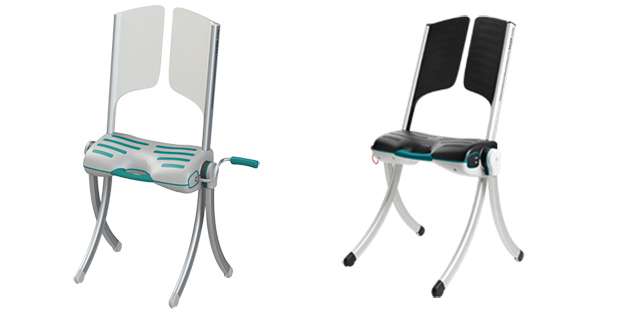
The Raizer M and Raizer II emergency lifting chairs
The Raizer II emergency lifting chair is designed specifically for professional care and hospital environments. This lifting chair needs only one person to operate it and features quick and simple assembly. Taking the strain out of manual moving and handling for OTs and care professionals for whom this is a regular requirement is very important. The electrically operated, motor driven Raizer II emergency lifting chair is a fast and safe solution providing a more stable and significantly less stressful lifting process for both the faller and carer than provided by other products.
Using technology to prevent hip fractures
What can be done to reduce the impact of falls and prevent hip fractures? This is a challenging issue whichever way you look at it. Bringing new technology and product R&D to the subject can only make a positive contribution to keeping older people safer and reducing costs. There is a lot of information out there such as the CSP’s Get up and go — a guide to staying steady, information and advice on falls prevention from Age UK and advice from the NHS Rightcare Falls and Fragility Fractures pathway (2017) NICE Impact Falls and Fractures.
Information that can reduce falls and hip fractures is available and essential. It can take us so far but, as we know despite all best efforts there will be falls and unfortunately unless preventative action is taken there will be hip fractures so here at Vivid.Care it is a real priority to apply our knowledge to products that significantly reduce the impact of falls.
You can find further information on the impact of hip fractures on older people, here
Read more about the Raizer M and the Raizer II.
Enquire about what can be done to reduce the impact of falls and prevent hip fractures?
If you’re looking for more advice, please get in touch:
Error: Contact form not found.
